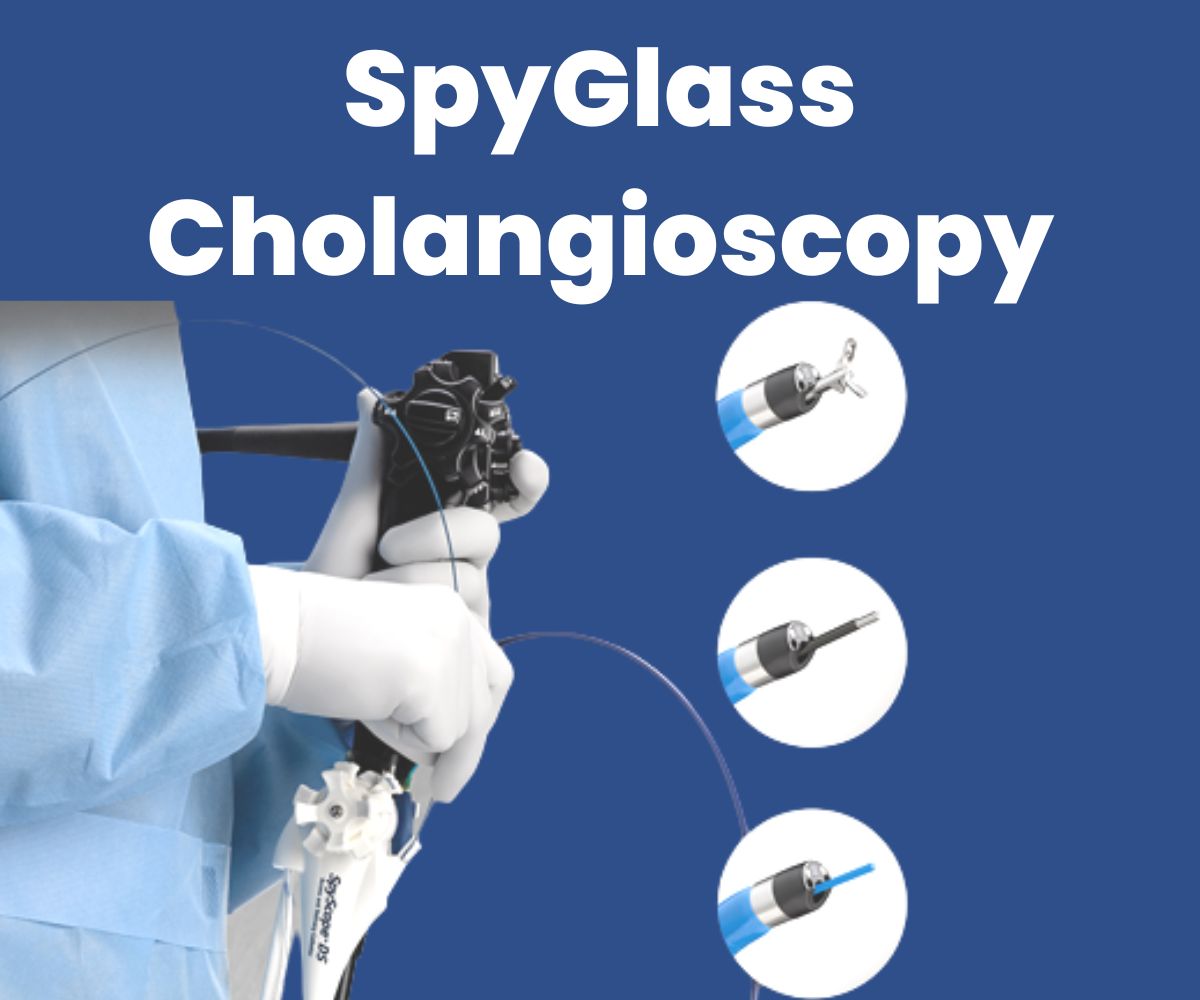-
drpvashistha@gmail.com
- +91 9004229819
Spyglass Cholangioscopy in Mumbai, Navi Mumbai
Spyglass Cholangioscopy has transformed gastroenterology through its advanced endoscopic technology. Featuring a miniature, high-resolution camera affixed to a flexible catheter, it enables doctors to navigate and inspect the complex bile duct network with remarkable clarity. By providing real-time images, Spyglass Cholangioscopy aids in diagnosing and treating biliary disorders precisely. This minimally invasive procedure reduces the need for more drastic treatments, making it a revolutionary tool in the diagnosis of biliary diseases.
In Mumbai and Navi Mumbai, Purushottam Vashistha's clinic offers Spyglass Cholangioscopy. It's a modern procedure that provides detailed images of the bile ducts. With this advanced technique, Dr. Purushottam Vashistha offers accurate diagnostics and suitable treatment options. Our clinic ensures a comfortable and cutting-edge healthcare experience for patients seeking Spyglass Cholangioscopy in Mumbai, Navi Mumbai.
Procedure of Spyglass Cholangioscopy in Mumbai, Navi Mumbai
The procedure is typically performed by a gastroenterologist or interventional endoscopist and is commonly used to diagnose and treat various conditions affecting the bile ducts. Here is a general outline of the procedure:
- Patient Preparation: The patient is typically sedated to ensure comfort during the procedure. The patient may be asked to fast for a certain period before the procedure.
- Endoscope Insertion: A conventional endoscope is first inserted through the mouth and into the stomach and duodenum. The papilla (the opening where the bile duct and pancreatic duct enter the duodenum) is identified.
- Guide Wire Placement: A guide wire is passed through the working channel of the endoscope and directed into the bile duct.
- Spyglass Cholangioscopy Insertion: The Spyglass cholangioscope, a thin and flexible tube with a camera at the tip, is passed over the guide wire and into the bile duct.
- Visualization: The camera at the tip of the Spyglass allows the physician to directly visualize the inside of the bile ducts and pancreatic duct on a monitor. The physician can inspect for any abnormalities, such as stones, strictures, tumors, or other lesions.
- Removal of Spyglass: Once the procedure is completed, the Spyglass cholangioscope is carefully removed.

